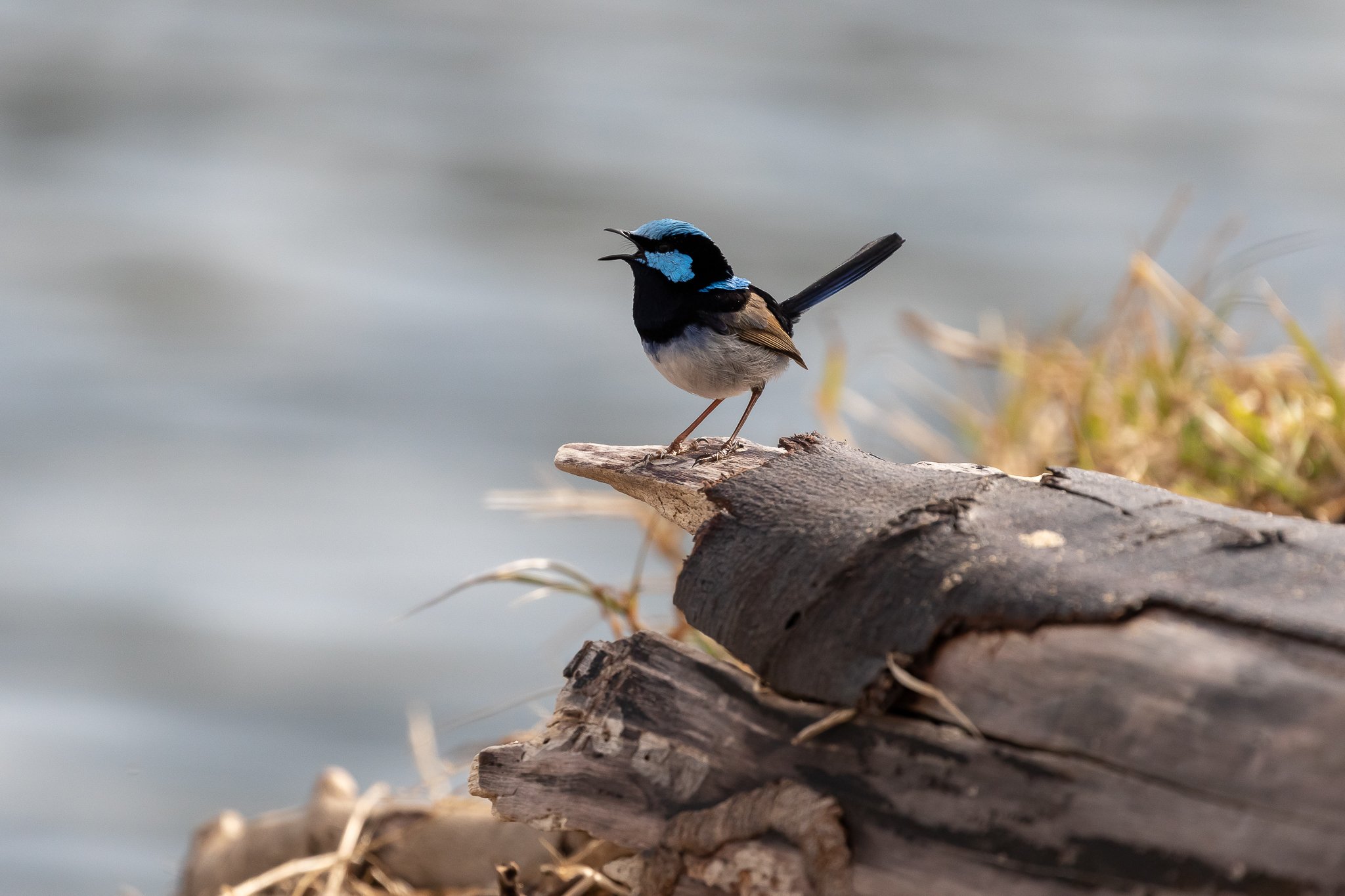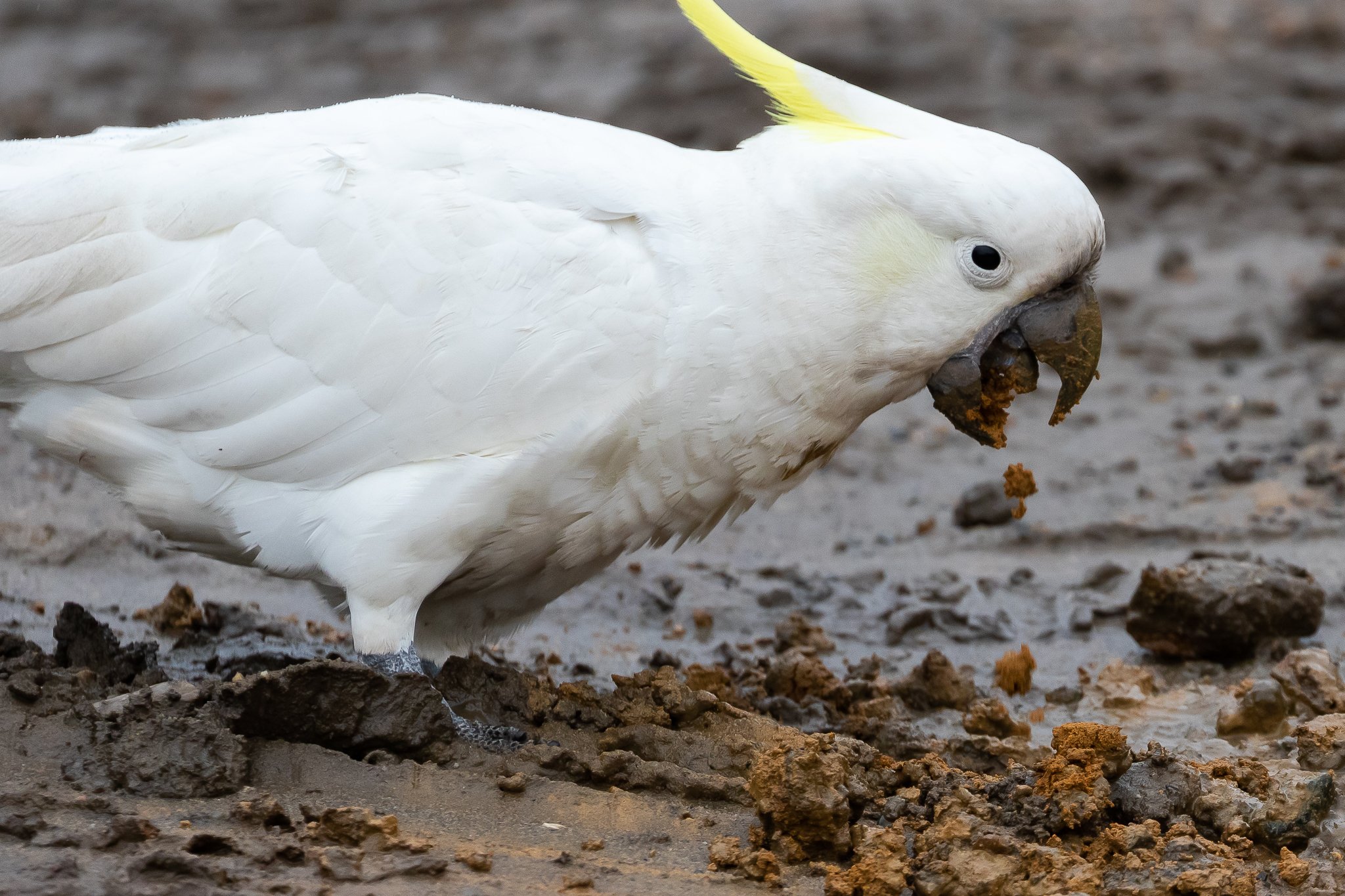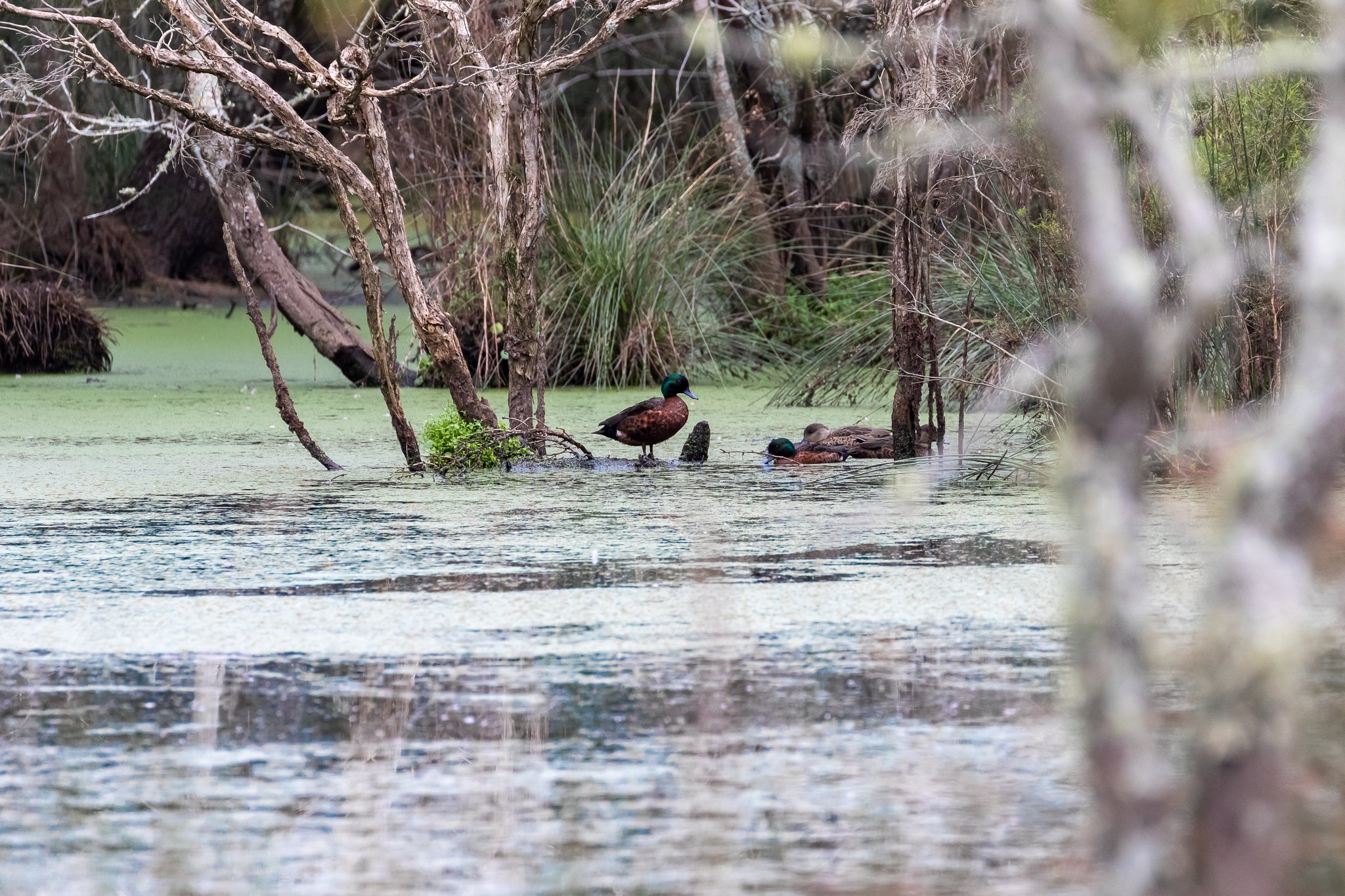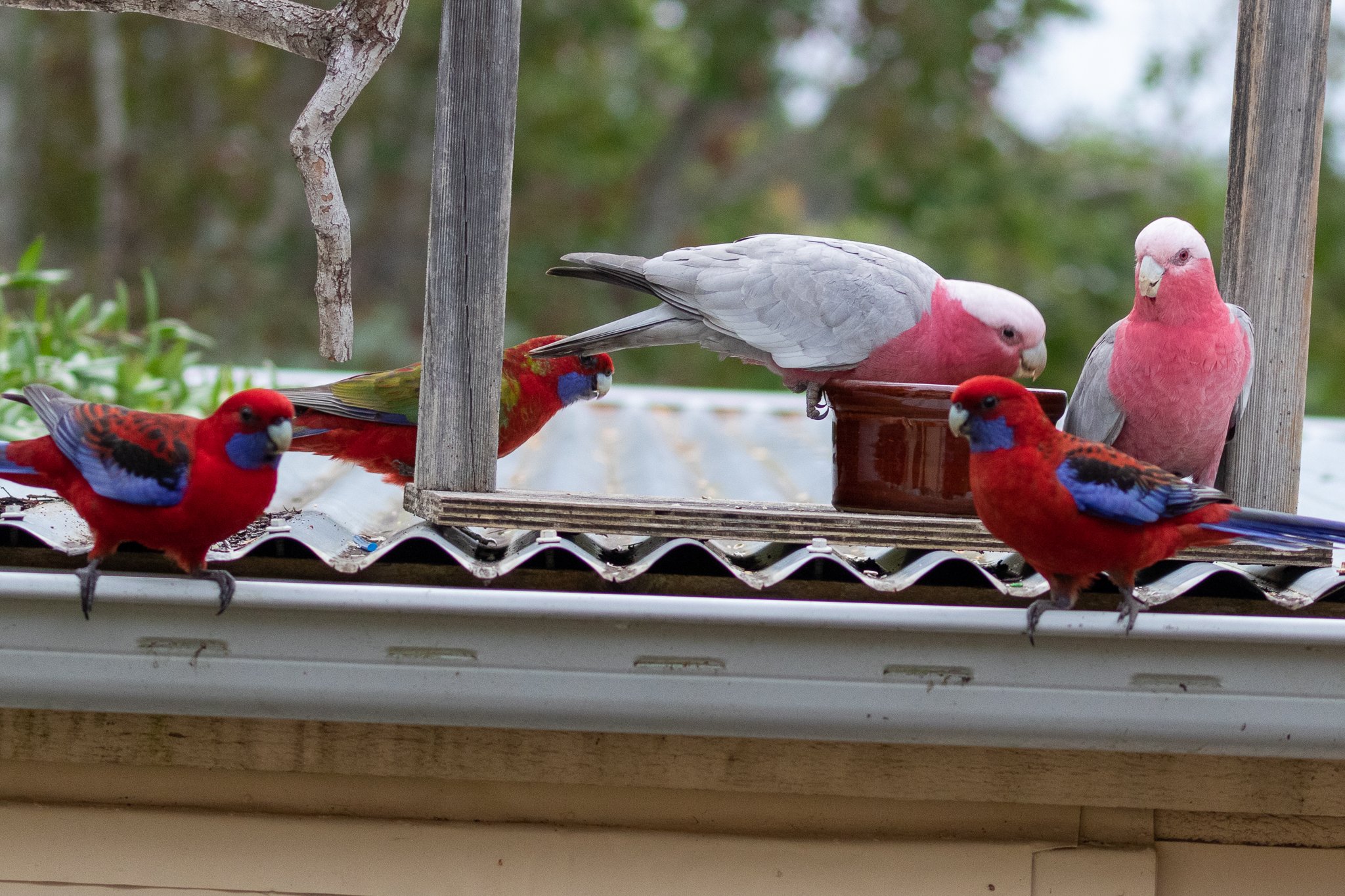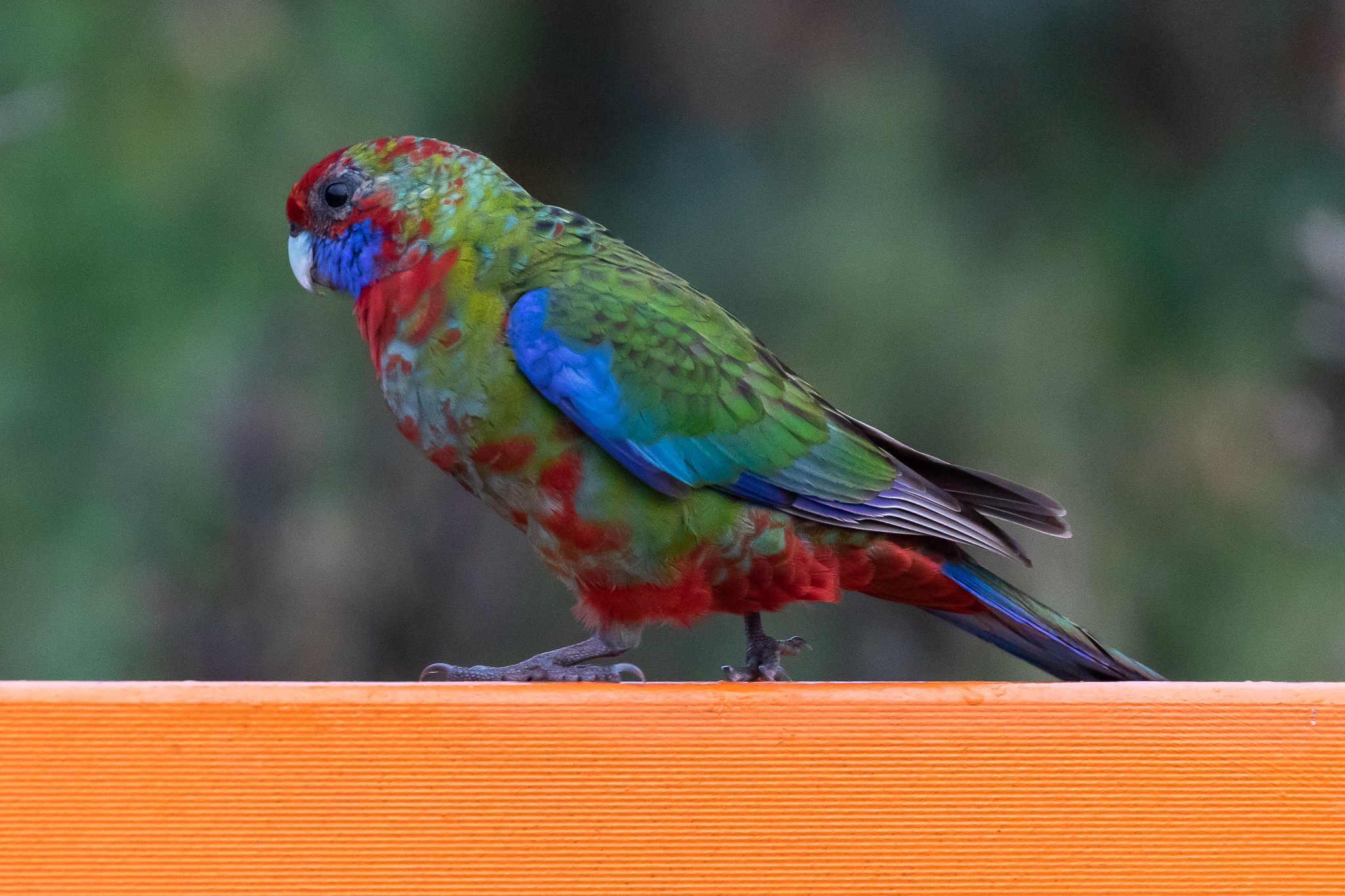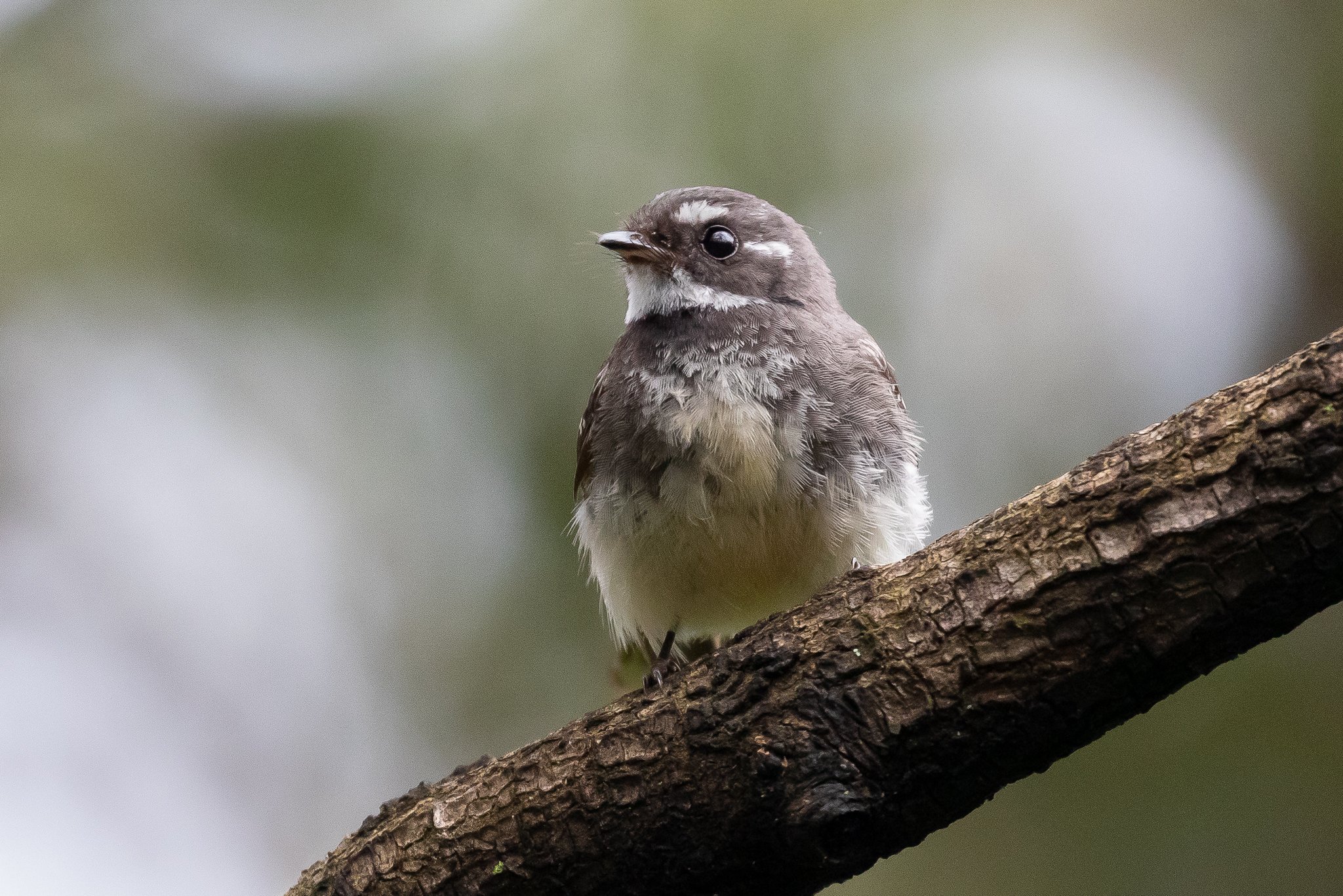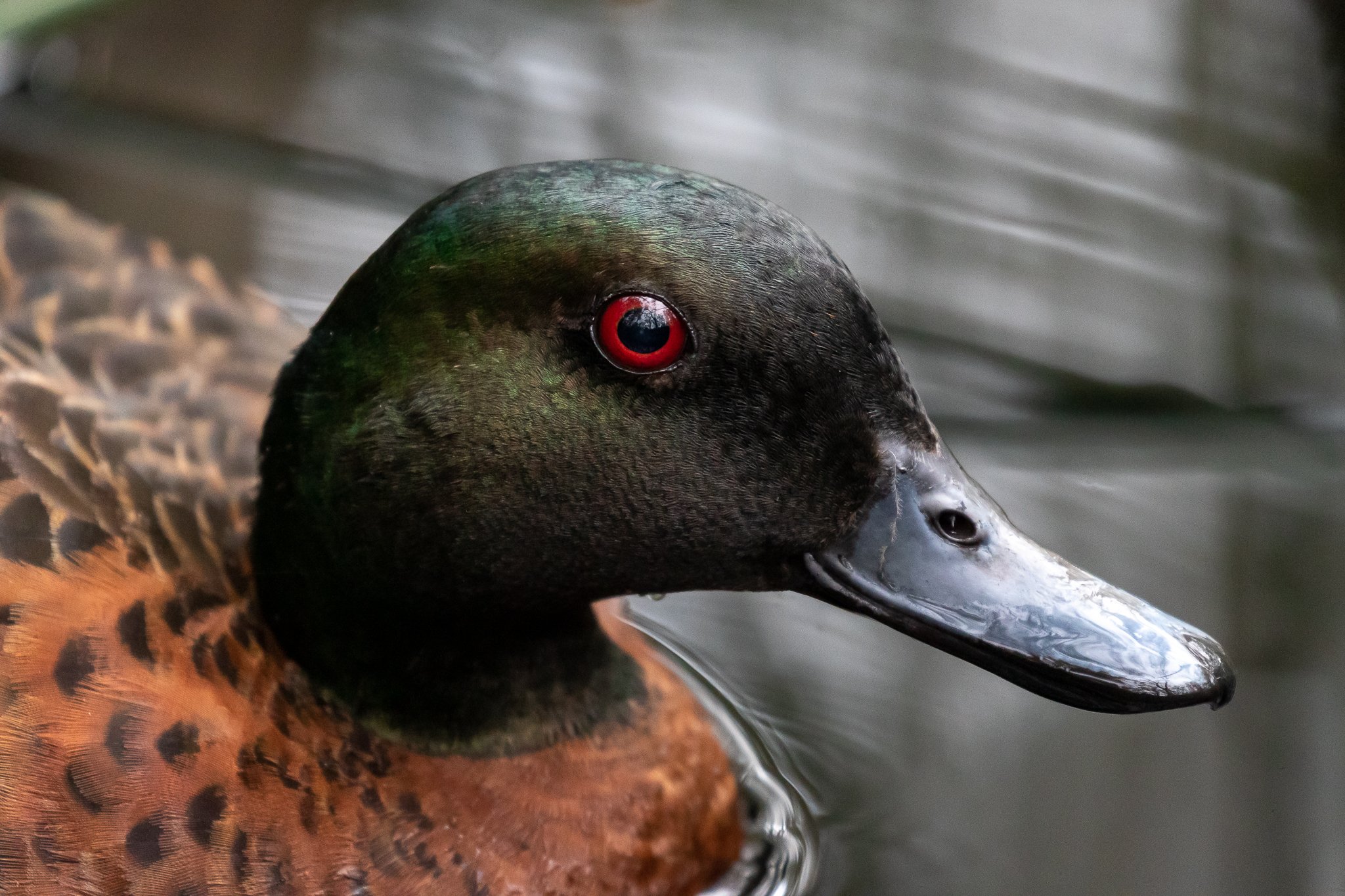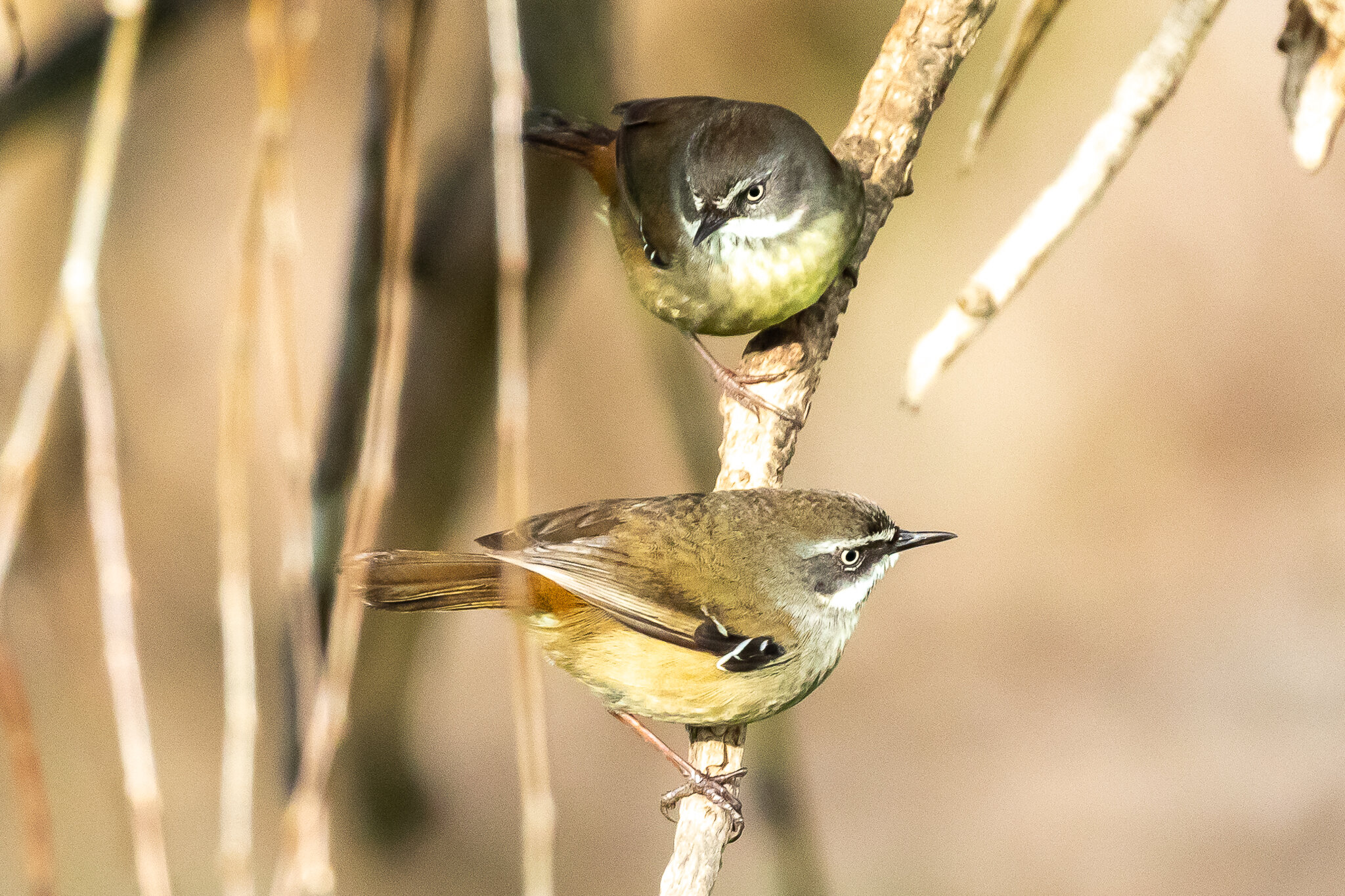Like many NSW rivers the Shoalhaven on the state’s south coast has been in flood a number of times this year. At Shoalhaven Heads the high water levels have opened this intermittent second channel of the river up to the ocean, reducing the area on which migratory and other water birds can roost. Despite this it was encouraging to see 12 of the endangered Eastern Curlews roosting on a distant sand bar during last week’s visit.
This Superb Fairy-wren was making the most of the prolific insect life amongst the debris washed up from the river during recent floods
While I was watching this large log travelled down the river at considerable speed, then slowed as it met the waters of the incoming tide.
Another of the many Superb Fairy-wrens feeding amongst the washed up logs.
This Red-capped Plover skips quickly away to be safely out of the reach of this photographer. It was feeding on a small sand-bar, shared with a number of fishermen taking advantage of the changed conditions.
Another Red-capped Plover on the sand-bar..
A Little Pied Cormorant dries his wings on another large log washed down the river during the floods.
